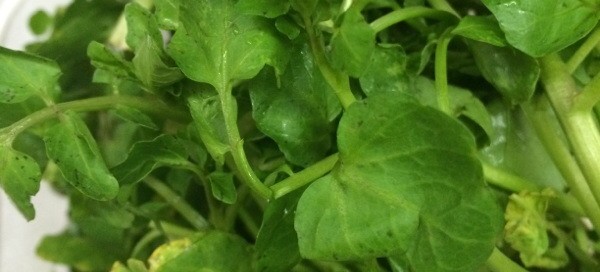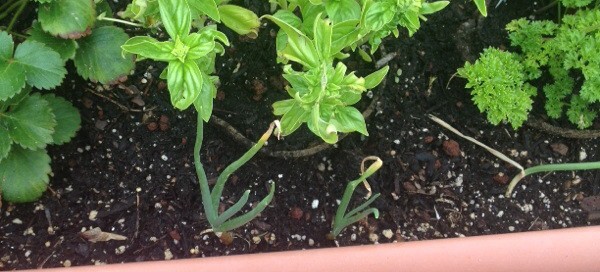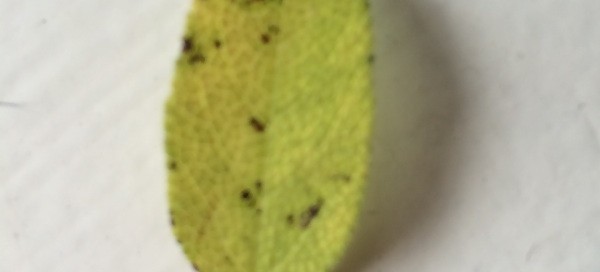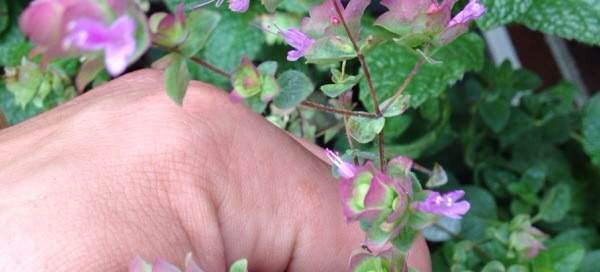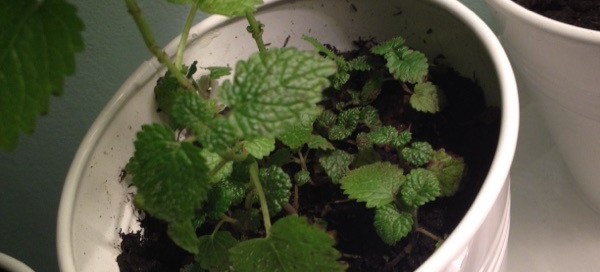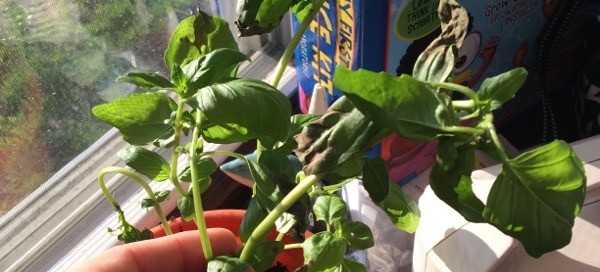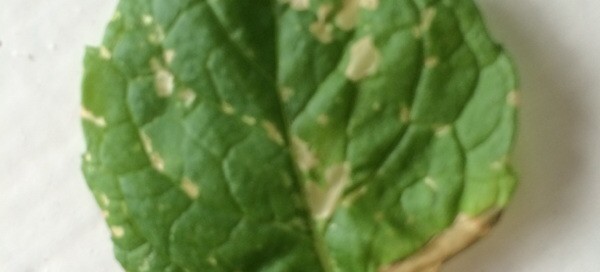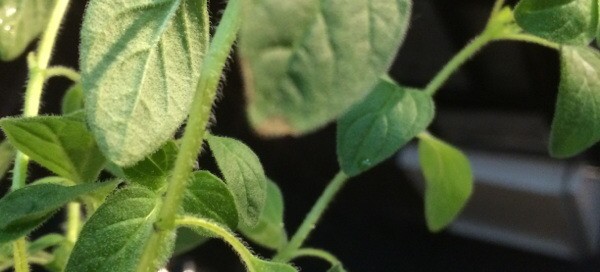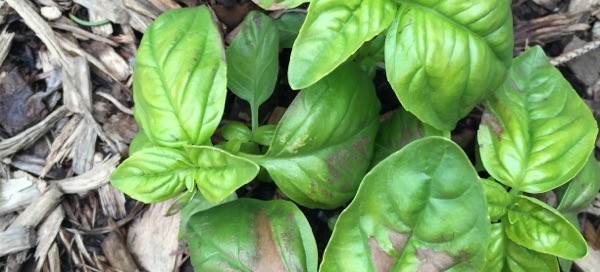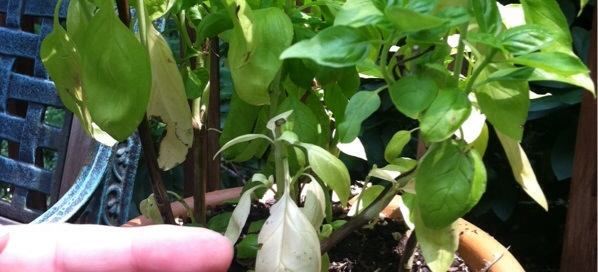Papalo Papaloquelite
Papalo or Papaloquelite is an ancient Mexican herb. Not well known outside of rural Mexico, but starting to show up at some markets and farmers markets. The name comes from the word papaloti, Nahuati for butterfly.
Unusual, piquant, fresh green leaves have a complex and distinctive flavor. More powerful than even Cilantro.The flavor gets stronger the older the leaves get, but can be harvested at a much smaller stage when the flavor is milder. It is usually used fresh in soups, stews, on meats, beans and salads or added at the last moment of cooked dishes. Does not bolt like Cilantro does. The herb grows wild in some areas of the Southwest (Arizona, New Mexico, Texas) and native to Mexico. Bunches of the herbs are used as centerpieces in restaurants where diners can pick leaves to add to their dish if desired. If you are a cilantro aficionado, this is a must!
It is an annual plant that tolerates full sun or part shade. Grows any many soil types, but does prefer regular watering.
